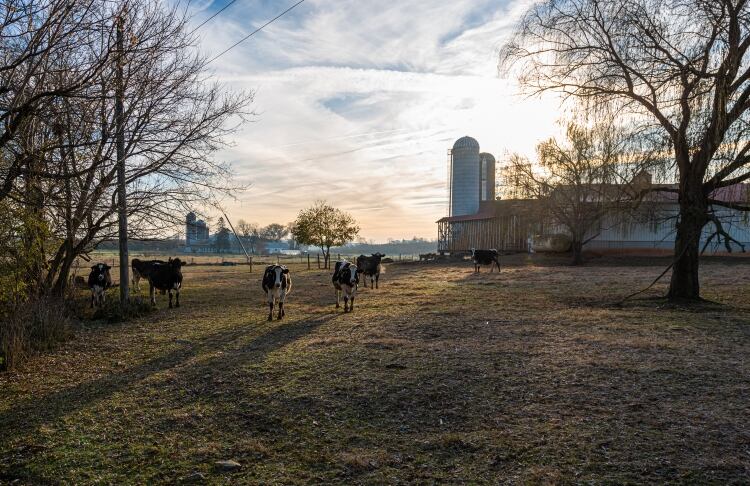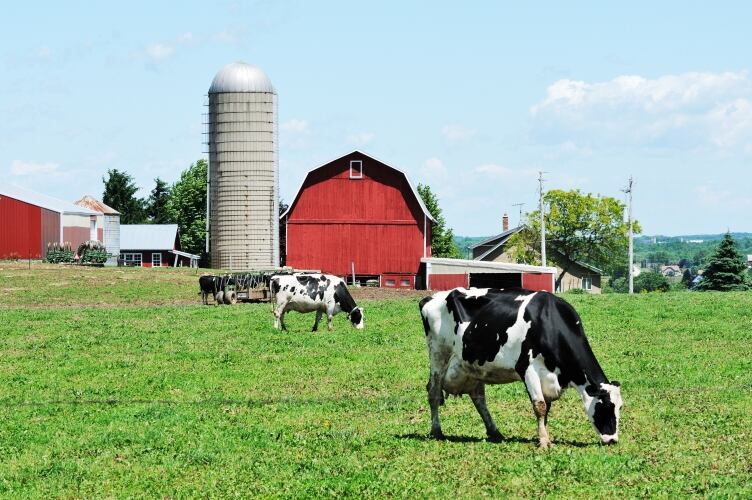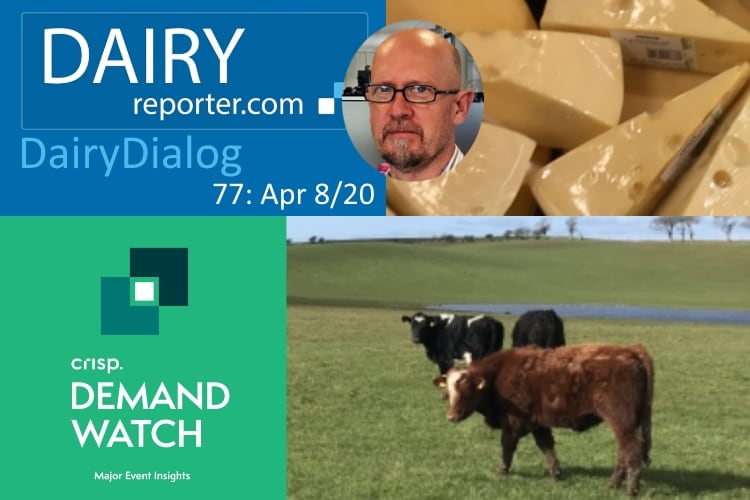However, afterwards, the American Dairy Coalition (ADC) says a key part of the plan is flawed. Now Dairy Management Inc. (DMI) has sent a letter to USDA Secretary Sonny Perdue it says will help farmers through the pandemic crisis, and the Minnesota Milk Producers Association, with support of the Wisconsin Dairy Alliance, has submitted its own plan.
DMI dairy checkoff
DMI, which manages the national dairy checkoff on behalf of 35,000 farmers, has prioritized work focused on three key areas: schools, hunger and foodservice and industry partnerships.
In the letter, DMI president Barb O’Brien said, “With unprecedented impact on virtually every aspect of the dairy sector – from farm inputs and production and workforce challenges to disruption in transportation, processing, warehousing and marketplace access, DMI and its network of 16 state and regional units, have quickly responded to the still deepening business and cultural shifts occurring as a result of the global COVID-19 pandemic.”
O’Brien said the checkoff’s mission of building sales and trust on behalf of US dairy farmers and importers will prioritize limiting milk disposal and redirecting supply to serve those in greatest need over the next two months.
School meals
By working through the farmer-founded GENYOUth organization, local promotion groups, USDA and technology and food companies such as Domino’s, YUM! Brands and others, the goal is to ensure school children will continue to receive meals. This is critical not only for the health of children but to maintain the 7% of fluid milk that flows through the school channel, DMI said.
GENYOUth created the “For Schools’ Sake – Help Us Feed Our Nation’s Kids!” movement, which so far has generated $3m in corporate and individual donations. More than 5,000 applications have been submitted by school districts across the country requesting up to $3,000 grants for equipment, packaging and other supplies as school foodservice professionals work tirelessly to feed at-risk children. GENYOUth seeks to raise an additional $12m to satisfy these requests.
Food banks
DMI is working with cooperatives and companies, quick serve and foodservice partners and Feeding America to broaden access to dairy foods for the growing number of people facing food insecurity. The checkoff is convening cooperative leaders seeking to find a destination for excess supply with local processors and food banks. This effort already is diverting more than 100,000 gallons of milk per week in Texas, New Mexico, Indiana, Michigan, Ohio, New York and New England into the hunger system.
Supply chain partners
DMI said it is also working with domestic and international partners to realign the supply of dairy products to those in need while working through US Dairy Export Council to assure dairy products continue or resume flowing into the critical export market.
After more than 10 years of partnership with dairy farmers, Domino’s is working with GENYOUth and local organizations to pilot a grab-and-go meal program at 31 public school sites in Miami. So far, approximately 23,000 meals have been made available and similar opportunities through other franchisees in Michigan and other locations are being explored.
“The dairy checkoff has earned the knowledge, credibility and relationships to work across the chain to accomplish — on farmers’ behalf — what no other company or sector can do alone,” O’Brien said.
“We are urgently executing these strategies across the US to help dairy farmers in this time of crisis, which is more important now than ever in our history.”
Wisconsin Dairy Alliance supports Dairy CORE Program
Cindy Leitner, president of the Wisconsin Dairy Alliance, said that while the organization applauds the NMPF-IDFA for the urgency they have brought to the current crisis, the Wisconsin Dairy Alliance finds a stronger proposal is that of the Minnesota Milk Producers Association, which is pitching the Dairy CORE Program.
That program preserves the best parts of the NMPF-IDFA plan – direct relief payments to producers – while eliminating serious, baked-in flaws that threaten to undermine that effort’s success, Leitner said.
The Minnesota plan would instruct the USDA to pay US dairy producers $3/cwt for 100% of their March 2020 baseline, for April, May and June, irrespective of market prices. The payment would be made as a single lump sum in April.
This idea effectively resolves the issue of “regionalization,” or — stated more simply — it does not unduly place burden of production cuts on half the nation’s dairymen simply because of their location. Cows in the northern half of the nation produce much more milk during the summer months than those in the south, due to heat stress and seasonal calving patterns.
Also, Leitner argues, the Minnesota program does not condition direct payments on rigid, strictly uniform production cutbacks. Instead of putting the government in a position to pick “winners” and “losers,” it gives coops and milk buyers more discretion to manage inventory.
If creameries are assured their producers have received a large direct payment, they will be more empowered to implement situationally adjusted, effective marginal incentives to right-size their milk supply.
Finally, instead of reopening 2020 signup for Dairy Margin Coverage or compensating processors for disposed milk, the Minnesota option concentrates stimulus funds to a single, large lump sum paid directly to each US dairy producer.



